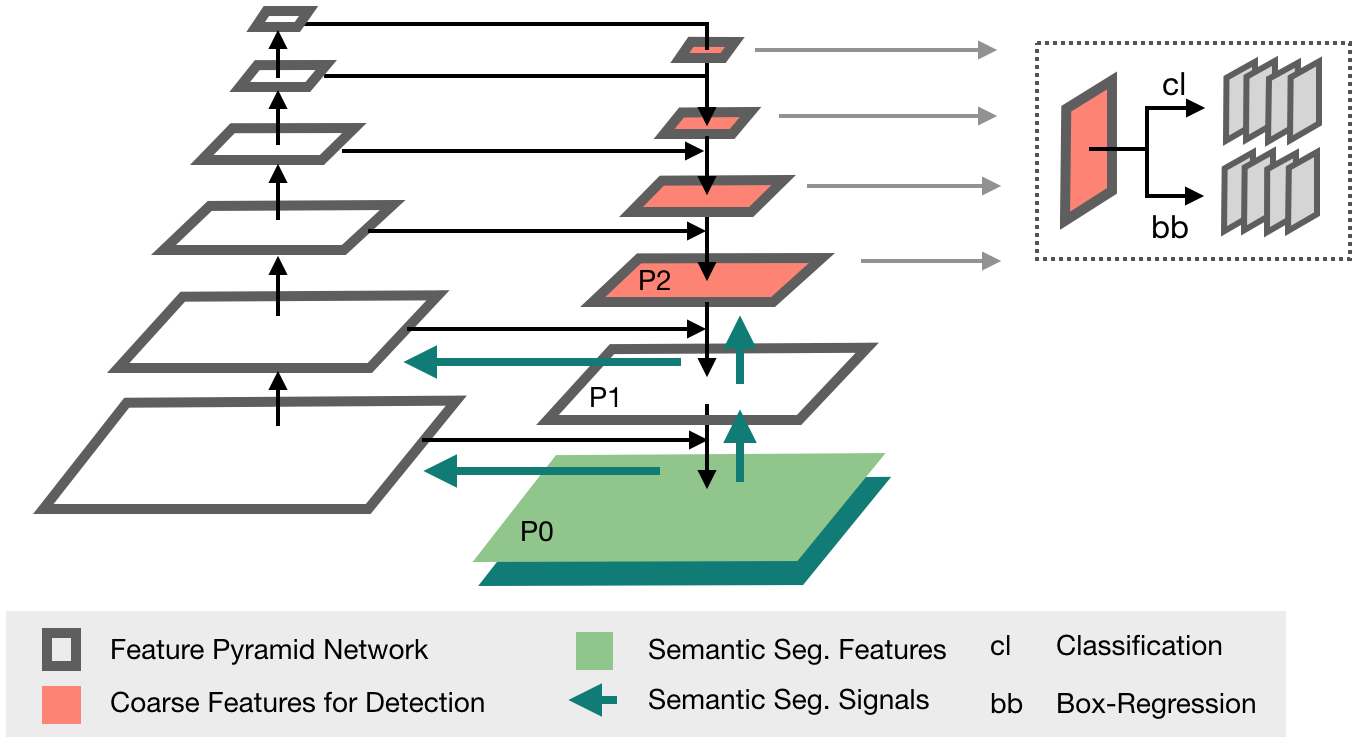Self-Supervised Generative Style Transfer for One-Shot Medical Image Segmentation
This repository contains the Pytorch implementation of the proposed method Self-Supervised Generative Style Transfer for One-Shot Medical ImageSegmentation , which has been recently accepted at WACV 2022.
Dependencies
We prefer to have a separate anaconda environment and the following packages to be installed.
Python == 3.7tensorflow-mkl == 1.15pytorch == 1.6.0torchvision == 0.7.0pytorch-msssim == 0.2.1medpy == 0.4.0rasterfairy == 1.0.6visdom
Training Modes
The implementaion of our method is available in the folder OURS.
- Train FlowModel without Appearance Model.
python train.py --ngpus 1 --batch_size 4 --checkpoints_dir_pretrained ./candi_checkpoints_pretrained --dataroot ../CANDIShare_clean_gz --train_mode ae --nepochs 10
- Train StyleEncoder
python train.py --ngpus 1 --batch_size 16 --checkpoints_dir_pretrained ./candi_checkpoints_pretrained --dataroot ../CANDIShare_clean_gz --train_mode style_moco --nepochs 10
- Train Appearance Model
python train.py --ngpus 1 --batch_size 1 --checkpoints_dir_pretrained ./candi_checkpoints_pretrained --dataroot ../CANDIShare_clean_gz --train_mode appearance_only --nepochs 10
- Train Adversarial Autoencoder Flow
python train.py --ngpus 1 --batch_size 2 --checkpoints_dir_pretrained ./candi_checkpoints_pretrained --train_mode aae --nepochs 100
- Train End to End
python train.py --ngpus 1 --batch_size 1 --checkpoints_dir ./candi_checkpoints --checkpoints_dir_pretrained ./candi_checkpoints_pretrained --dataroot ../CANDIShare_clean_gz --train_mode end_to_end --nepochs 10
For training on OASIS dataset, please change the --dataroot argument to OASIS_clean and --nepochs 1.
Training Steps
-
First train Unet based flow model by running 1. from Train Modes. This will be used to generate images of same styles for training the style encoder.
-
Pre-train style-encoder by running 2. from Train Modes. This will pre-train our style encoder using volumetric contrastive loss.
-
Train end-to-end by running 5. from Train Modes. This will train
Appearance Model,Style EncoderandFlow Modelend to end using pre-trainedStyle Encoder. set--use_pretraintoFalsefor trainingStyle Encoderfrom scratch. -
Generate Flow Fields in the folder
../FlowFieldsusing trained end-to-end model by running the following command:
python generate_flow.py -
Train Flow Adversarial Autoencoder by running 4. from Train Modes.
-
Generate image segmentation pairs using
python generate_fake_data.py. -
Train 3D Unet on the generated image segmentation dataset using the code provided in folder
UNETand the following command:
python train.py --exp <NAME OF THE EXPERIMENT> --dataset_name CANDI_generated --dataset_path <PATH TO GENERATED DATASET>
Schematic description of the training phase
Evaluation Script
All evaluation scripts used to generate plots and compute dice score are included in the folder evaluations. To run a particular evaluation, run the following command provinding corresponding opt from the file run_evaluations.py:
python run_evaluations.py <opt>
Pre-trained Models
All pre trained models and datasets can be obtained from here. Please unzip the trained models inside the directory submission_id_675/code/OURS.
Citation
You can find the Self-Supervised Generative Style Transfer for One-Shot Medical Image Segmentation paper at http://arxiv.org/abs/2110.02117
If you find this work useful, please cite the paper:
@misc{tomar2021selfsupervised,
title={Self-Supervised Generative Style Transfer for One-Shot Medical Image Segmentation},
author={Devavrat Tomar and Behzad Bozorgtabar and Manana Lortkipanidze and Guillaume Vray and Mohammad Saeed Rad and Jean-Philippe Thiran},
year={2021},
eprint={2110.02117},
archivePrefix={arXiv},
primaryClass={cs.CV}
}
Licence
This work is licensed under a Creative Commons Attribution-NonCommercial-NoDerivatives 4.0 International License.










